Flying into the future
By Wang Shanshan and Yang Yang ( China Daily ) Updated: 2014-09-20 09:58:57
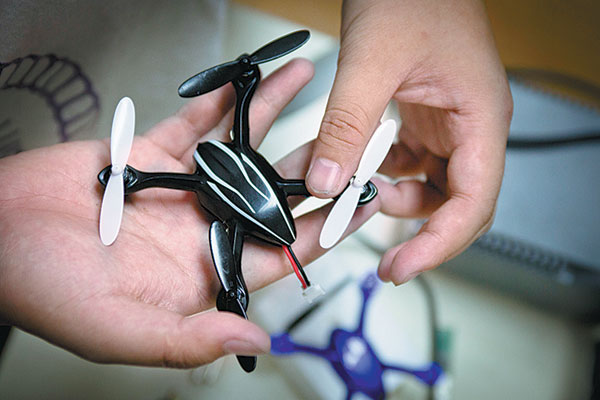 |
|
Researchers at Tsinghua University in Beijing experiment with their drone called 'throne'. [Photos by Kuang Linhua / China Daily] |
Drones like "throne" use cutting-edge technology. They can help with daily tasks, but should be used with caution. Below are some basic facts about drones.
1. A drone can "see" where it is and its surroundings: "A drone has to first of all understand where it is," says Li Yipeng, researcher at Tsinghua's Department of Automation who leads the drone team.
This is easier to do in open spaces, where a drone can use the GPS to locate itself. Stanford University in the US won the International Aerial Robotics Competition in 1995 by applying GPS on its drone. No other institutions knew GPS well enough at the time.
In enclosed spaces, such as houses, tombs and mines, a drone sends out lasers to detect the shapes of surrounding objects and its distances to them. But it cannot detect the color or texture of the objects.
Tsinghua is now focusing its research on making drones recognize visible lightwaves (the lights able to be seen by the human eye), so that drones can "see" their surroundings almost exactly as humans do.
2. A drone can "think" for itself and decide where to go, what to do: Many drones, usually those with two wings, are controlled remotely by "drone pilots". Others, many of which are smaller in size and have four or more propellers, carry a mini-computer with them, which functions as the brain, according to Li at Tsinghua University.
After "seeing" the surroundings, the "brain" analyzes the information and decides how to complete the mission, which is pre-coded. These autonomous drones are supported by a remote computer, which does calculations for them and communicates via radio waves.
Drones can easily take off, land and fly themselves. "They are already smart, and the goal of autonomy is to have them act like humans," says Li.
3. A drone constantly adjusts itself to adapt to changes in the environment: Drones always embrace changes in the environment, analyze them and find solutions. They have clear goals, and are never moody.
They constantly observe the environment and make flying decisions accordingly. They also have to always adjust so they can maintain stability when in the air, says Li.
Because it keeps leaning toward different sides when in the air, the GPS coordinates that it receives are always changing. Therefore, one of the greatest challenges for an autonomous drone is to always adjust the coordinates so that it can be still in the air when it needs to.
4. A drone can be a policeman: On Oct 1 in Nanjing, an 80-year-old woman suffering from Alzheimer's got lost in the mountains. More than 20 policemen searched fruitlessly for three hours.
As the sun went down, the police flew a drone into the mountains, and the robot found the woman within 30 minutes.
Traffic police in Shenzhen, Guangdong province, experimented with employing drones to fly above the city's major roads in November. The drones reported on accidents, illegal parking and high traffic volumes. Police successfully prevented traffic jams based on the information provided.
In June 2011, in North Dakota in the US, a family who stole three cows was arrested by police with help from a drone. There was a standoff between the family and a SWAT team. The drone located three armed men in the family, and helped the authorities capture them safely.
|
|
|
|
|
|
|
|
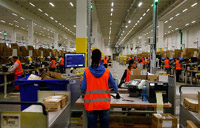
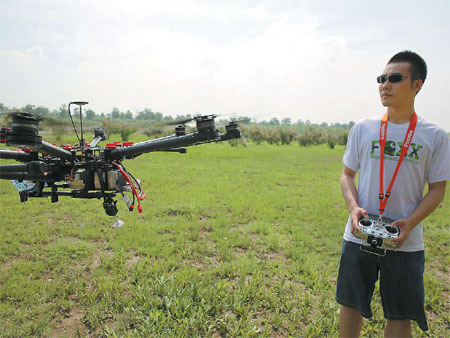






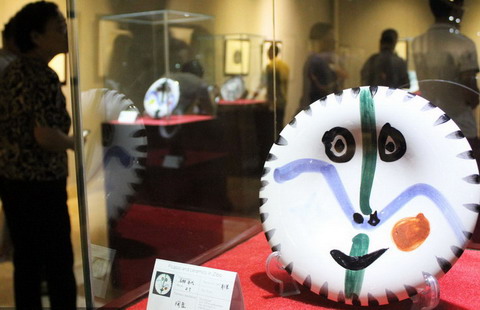












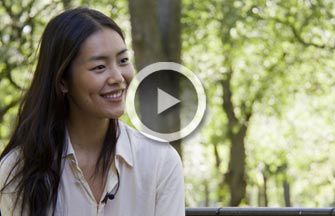


 Raymond Zhou:
Raymond Zhou: Pauline D Loh:
Pauline D Loh: Hot Pot
Hot Pot Eco China
Eco China China Dream
China Dream China Face
China Face





